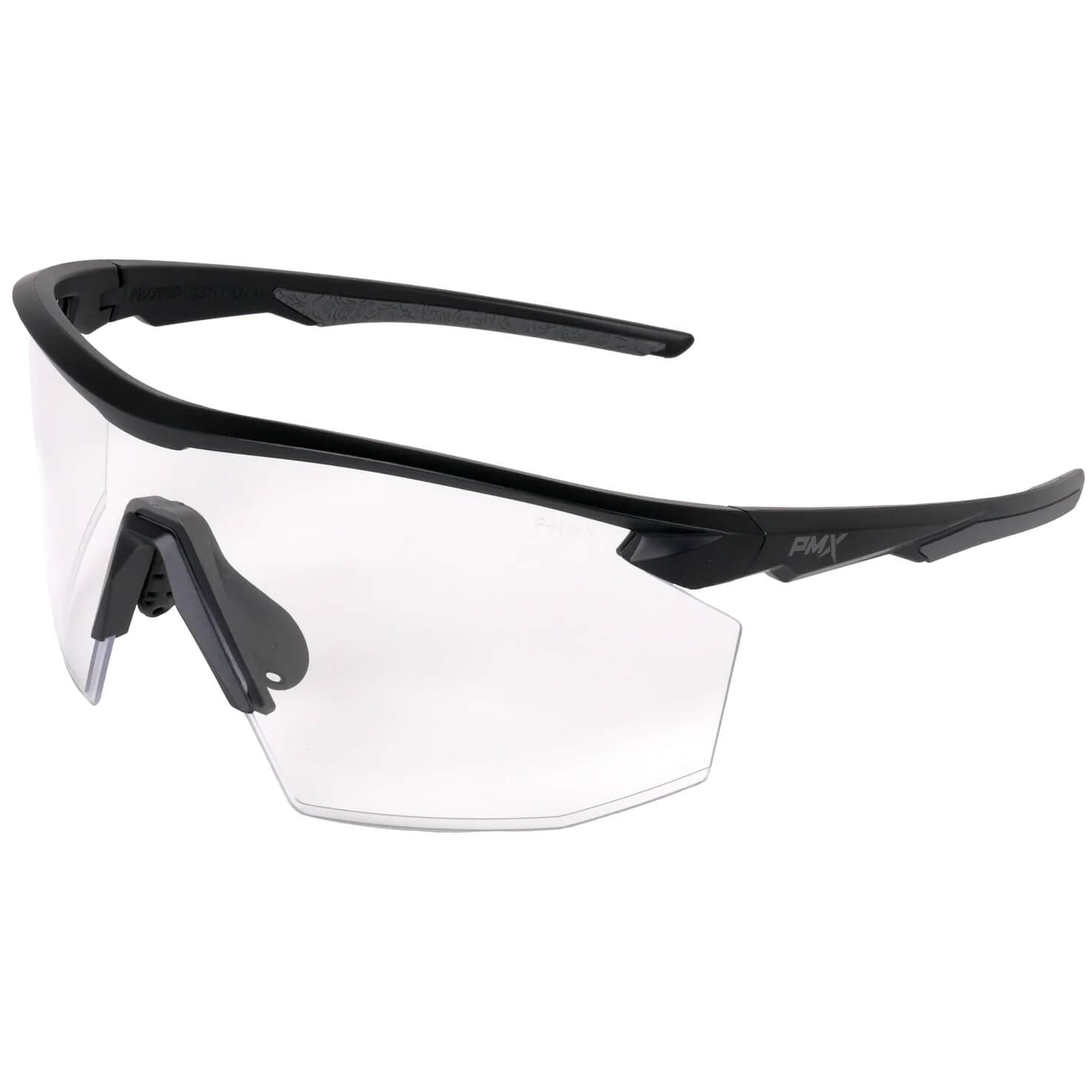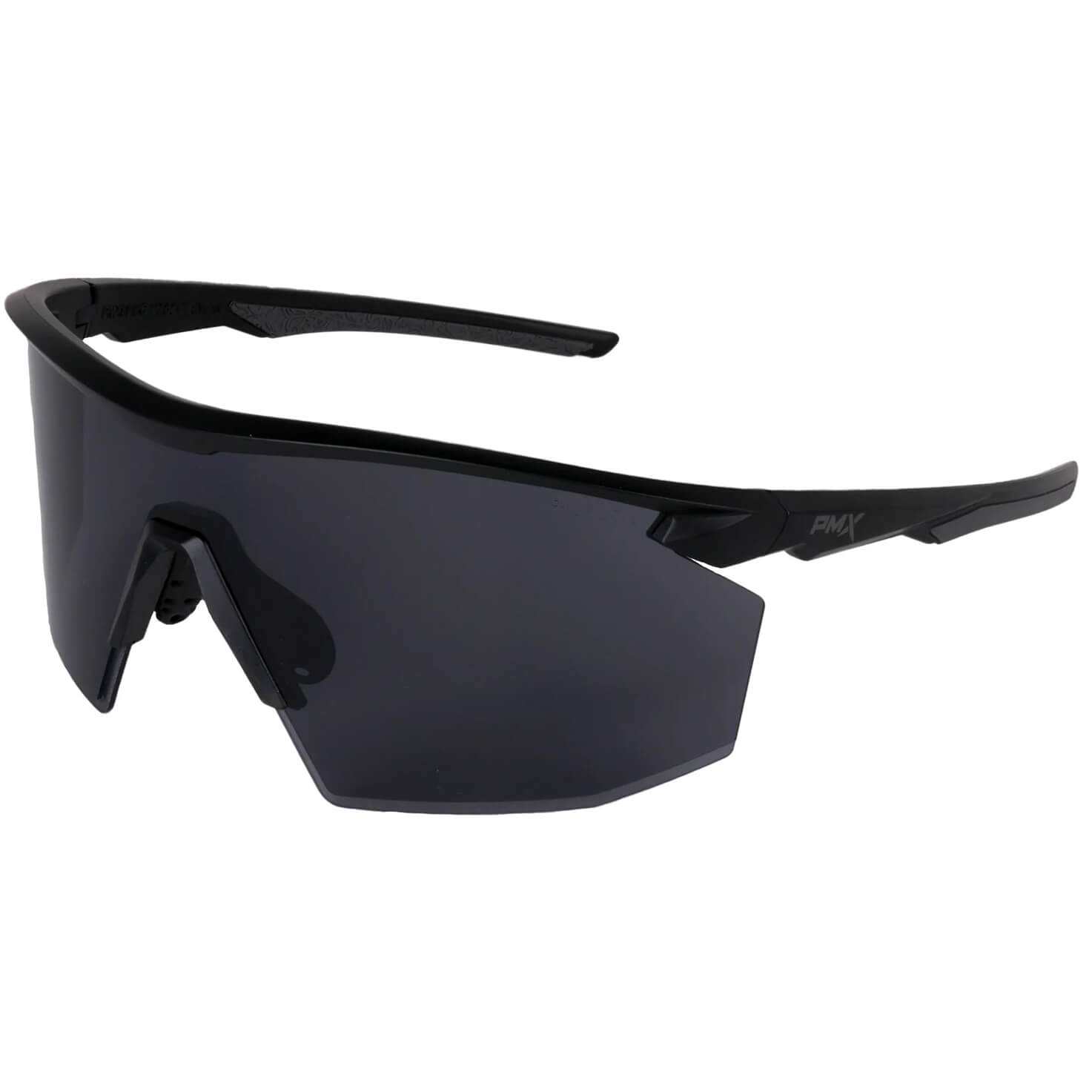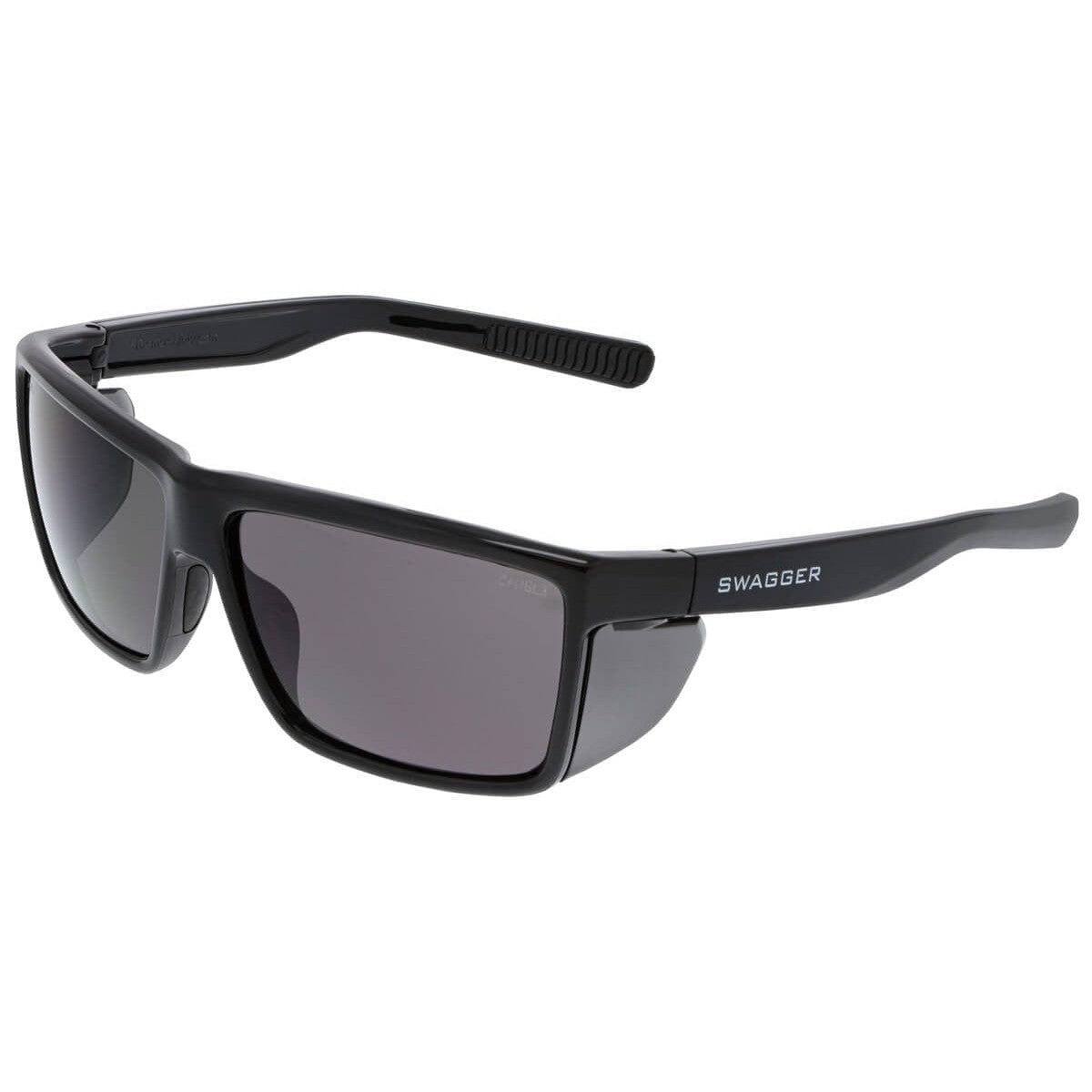OSHA provides clear and established standards for noise exposure, and a variety of options for hearing protection exist to help adhere to these workplace requirements. However, hearing safety is still an often overlooked occupational hazard.
- About 22 million workers are exposed to potentially damaging noise levels yearly in the United States.
- As a result of inadequate hearing protection in the workplace, approximately 14% of all occupational illnesses in recent years involved hearing loss.
- The above numbers include about 23,000 cases of permanent hearing impairment.
- Most cases — about 82% — of occupational hearing loss happen in manufacturing.
Hearing loss from high noise levels is often permanent, and neither surgery nor hearing devices can correct this type of hearing loss. Even short periods of exposure, especially when repeated and prolonged, lead to permanent hearing loss. In addition, chronic exposure to loud noise often...
- This leads to ringing in the ears (tinnitus).
- Causes physical and psychological stress.
- Reduces productivity.
- Interferes with communication channels.
Understanding noise exposure, in general, helps reduce the potential for hearing loss in the workplace. However, avoiding the problems mentioned above also includes adhering to the standards and guidelines and making appropriate hearing protection available to workers. In addition, using noise controls as a first line of defense significantly helps reduce hazardous exposure and limits or minimizes the risk to hearing.
Understanding Noise Exposure
Exposure to excessive noise depends on several factors. For example, noise exposure involves the loudness of the noise (in decibels/dB) and the duration of exposure. Other factors involve whether or not an employee moves between work areas with different noise levels, if noises come from multiple sources at once, and if noises are constant or sporadic, like with nail guns and punch presses.
The higher the noise level, the less time it takes for hearing damage to occur. A good rule of thumb is that if a worker has to raise his voice to talk to someone only an arm’s length away, the environment likely has damaging noise levels. Other indications include ringing or humming in the ears and experiencing temporary hearing changes after leaving work.
Adhering to Standards & Guidelines
OSHA provides a chart telling the hours per day a person can be exposed to a specific sound level before risking hearing damage. Note that the National Institute for Occupational Safety and Health (NIOSH) recommends maximum noise exposure levels slightly different from OSHA’s standards.
To help in the effort to adhere to its requirements, OSHA requires implementing a Hearing Conservation Program for workplaces where workers are exposed to a time-weighted average noise level of 85dB.
Hearing conservation programs strive to prevent initial occupational hearing loss and to preserve and protect remaining hearing. They also equip workers with the knowledge about hearing protection devices necessary to safeguard themselves.
Determining whether or not noise is a problem in the workplace is the onus of the employer, who must determine the length of time and exposure for employees. Employers are then responsible for providing the appropriate hearing protection for exposed workers.
Options for Hearing Protection
As determined by OSHA, hearing protection in the workplace should bring noise exposure levels within acceptable limits.
There are two basic options available for hearing protection:
- Earplugs: Made from various materials, earplugs come in preformed/molded, corded, uncorded, and banded. The Pyramex DP1000 series earplugs are an excellent example of a comfortable and economical earplug.
- Earmuffs: Available in various designs and features, earmuffs provide protection by covering the entire ear. Options include dielectric, behind-the-ear, folding styles and multi-position, sport, and radio earmuffs.
Choosing appropriate hearing protection is essential. Just as too little protection can damage ears, too much protection can lead to communication breakdown. This can increase the potential for other safety hazards.
Noise Controls
In conjunction with providing appropriate hearing protection for employees, employers can utilize various noise controls to help reduce or eliminate hazardous exposure. There are two types of noise controls: engineering and administrative controls.
Engineering controls reduce sound exposure by modifying or replacing equipment. They also make physical changes at the source or in the noise path.
Administrative controls include...
- Adjusting the timing of using noisy equipment.
- Limiting access to noise equipment.
- Providing quiet areas for employees.
Reducing the potential for hearing loss in the workplace requires proper hearing protection and noise control efforts. These work best when carried out through an employee/employer partnership that determines the best options for each person and situation.









